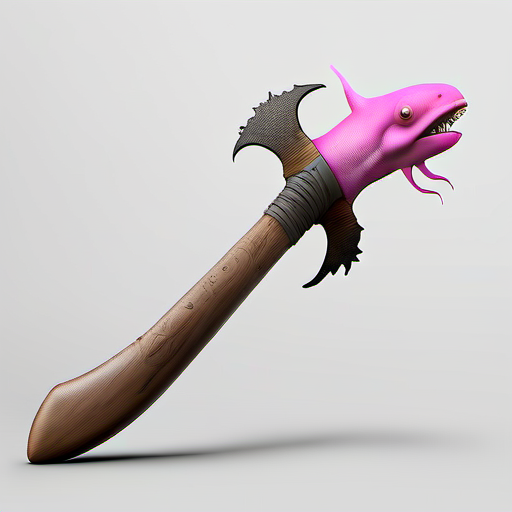Here in Europe the 4 months she was at would be somewhere mid to end of the trial period, during which you can be let go without having to provide a reason on relatively short notice. This is also pretty much the only chance you get to easily let go a specific individual - so if there are indications it'll not work out doing just that is a good idea.
But having that done by arbitrary HR drones is just crazy, and obviously you'll be entitled to unemployment benefits or other social benefits after that.

For an inkjet printer with paper feed issues pulling it through a few times might actually fix those - the print head should be far enough away from the paper that it will not get damaged, and there shouldn't be other parts close enough. I've prolonged quite a few inkjet printers life in the 90s by just sanding the rollers a bit (in some cases you could even get maintenance kits from the manufacturers - which just would be an overpriced tiny piece of sandpaper).
In a laser printer I'd be worried about some of the internals, though.